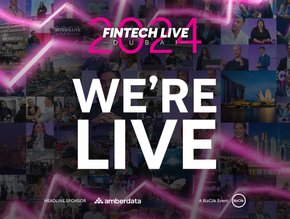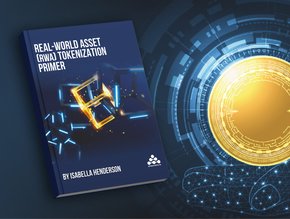Three key steps to modernise legacy banking systems

The digital transformation of the financial services sector is changing the landscape for all participants. In such an environment, incumbents must adapt
Innovative digital technologies such as artificial intelligence (AI), machine learning and the internet of things (IoT) have transformed the world. Customers now demand personalised experiences, and firms that haven’t digitised their businesses must transform in order to compete in this new environment.
Many banks are still saddled with rigid and core legacy application systems.
Large banks and financial institutions continue to be slow to adopt these emerging technologies, which prevents them from delivering an optimal customer experience, driving growth and keeping themselves relevant in a dynamic market.
Digital transformation is essential
Banks must modernise their legacy banking systems in order to compete in this evolving marketplace. A strategy that can help is to adopt a modular approach that enables a more simple digital transformation.
While there are many options to modernise core banking systems, success will be elusive unless the legacy infrastructure is broken down into smaller manageable logical parts.
Below, is a three-step approach focused on simplifying the core from the outside-in:
- Step One: Examine and detail high-velocity customer journeys. Banks should start by listing all customer journeys that have high velocity interactions with customers. Detail the journey from start to finish through all impacting applications, then evaluate the journey in terms of value it delivers to customers, revenue it generates for the bank, level of complexity within the middle and back office and the risk involved. This helps get the scope defined and rated based on the dimensions.
- Step Two: Identify what part of these chosen journeys can be moved from the back-office to the reimagined “middle” (digital) office. For each journey, identify the business logic that needs to move from the back office to the new enterprise middle layer; the digital core. Analyse and evaluate the change in the legacy core for the business logic simplification/hollow out. As a final stage, deliver the scope backlog by looking at the journey, the risk and revenue.
- Step Three: Pilot these middle-office operations to select journeys and pilot within a smaller group before rollout. The pilot can be rolled out to internal bank users or a limited set of customers identified to help fine tune through the launch and the change. Certain complex back office logic, which may be far too tightly integrated, can be de-risked by identifying workarounds.
Adopting this modular approach allows banks to execute the fundamental steps of core architecture modernisation in a seamless manner, without any unexpected surprises along the way.
It uses an intermediary layer to provide the required connectivity and scale successfully to integrate systems and applications across the enterprise using existing core platforms.
The result is the ability to simplify and modernise processes by enabling rapid, continuous change without impacting routine operations.

Benefits of a modular approach
Segmenting applications to drive personalisation is one benefit of a modular approach, as banks need deeper insights into the impact of various applications aligned to different stakeholders in order to transform their core systems and become truly digital.
In fact the feedback from leading banks that have adopted an intelligent middle layer has been largely positive, with the bank being able to dissociate the customer experience from the system of records.
These banks were successfully able to move from a manufacturing architecture to an assembly architecture with the ability to quickly adopt new technologies, add more functionality and capabilities, offer customised products and enhance the customer experience.
SEE MORE:
Risk mitigation and change management are another benefit. The middle layer allows banks to gradually replace the legacy core system in a phased manner, decoupling engagement channels from systems that store data and records.
This serves to keep the data and key information secure and central, driving increased business agility, and reducing risks associated with core technology transformation.
Creating an agile and customer-centric bank for the digital age
Deploying a modular and flexible middle layer that acts as the digital core helps create a truly open ecosystem that fosters collaboration and innovation, without the cost or challenges of completely modernising the core.
The transformative intermediary layer ensures that the core platform remains strong and resilient, while handling the connectivity and processing required of an intelligent and responsive organisation.
In taking this approach, banks can easily transition from being a ‘financial services provider’ to true customer owners for sustained growth and success.
This article was written by Madhur Jain, SVP & Global Head- Solution Consulting, SunTec
For more information on all topics for FinTech, please take a look at the latest edition of FinTech magazine.






